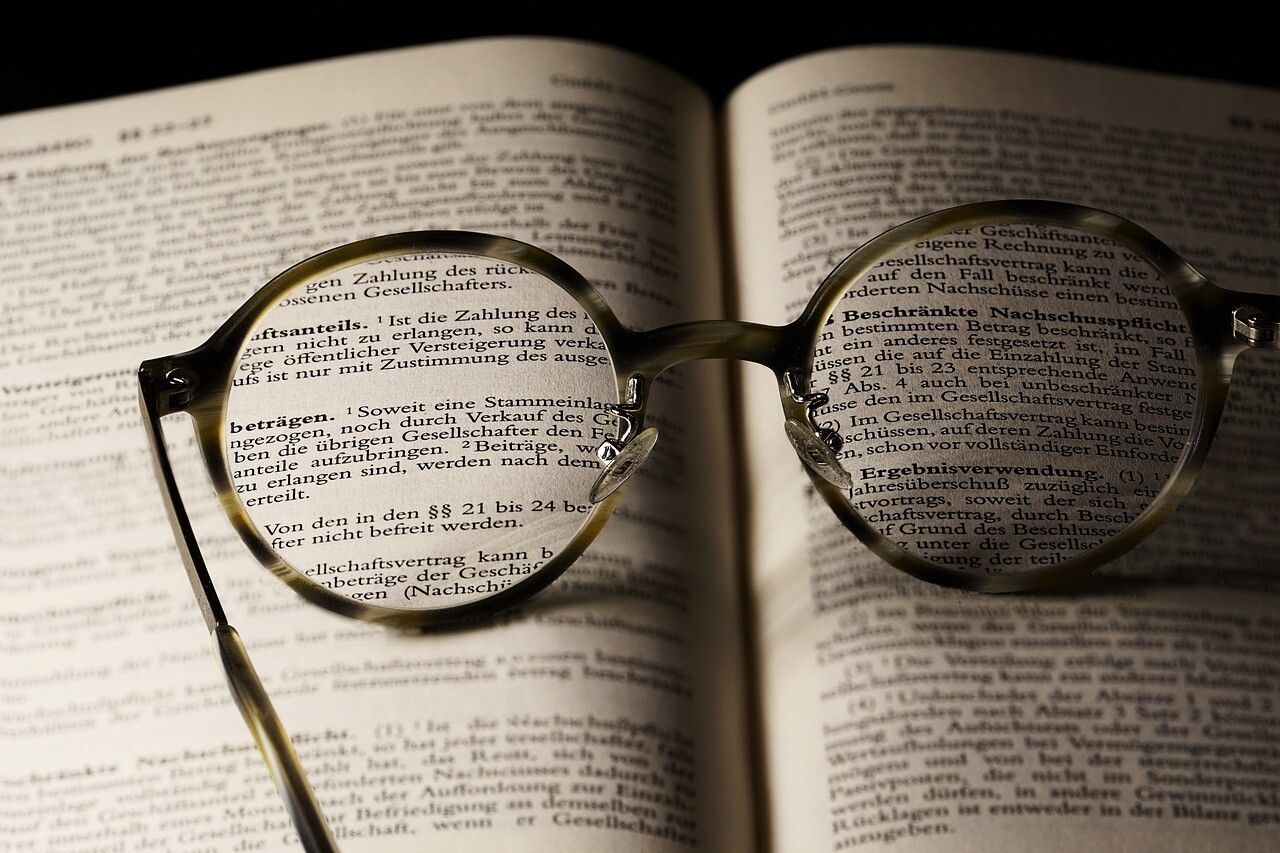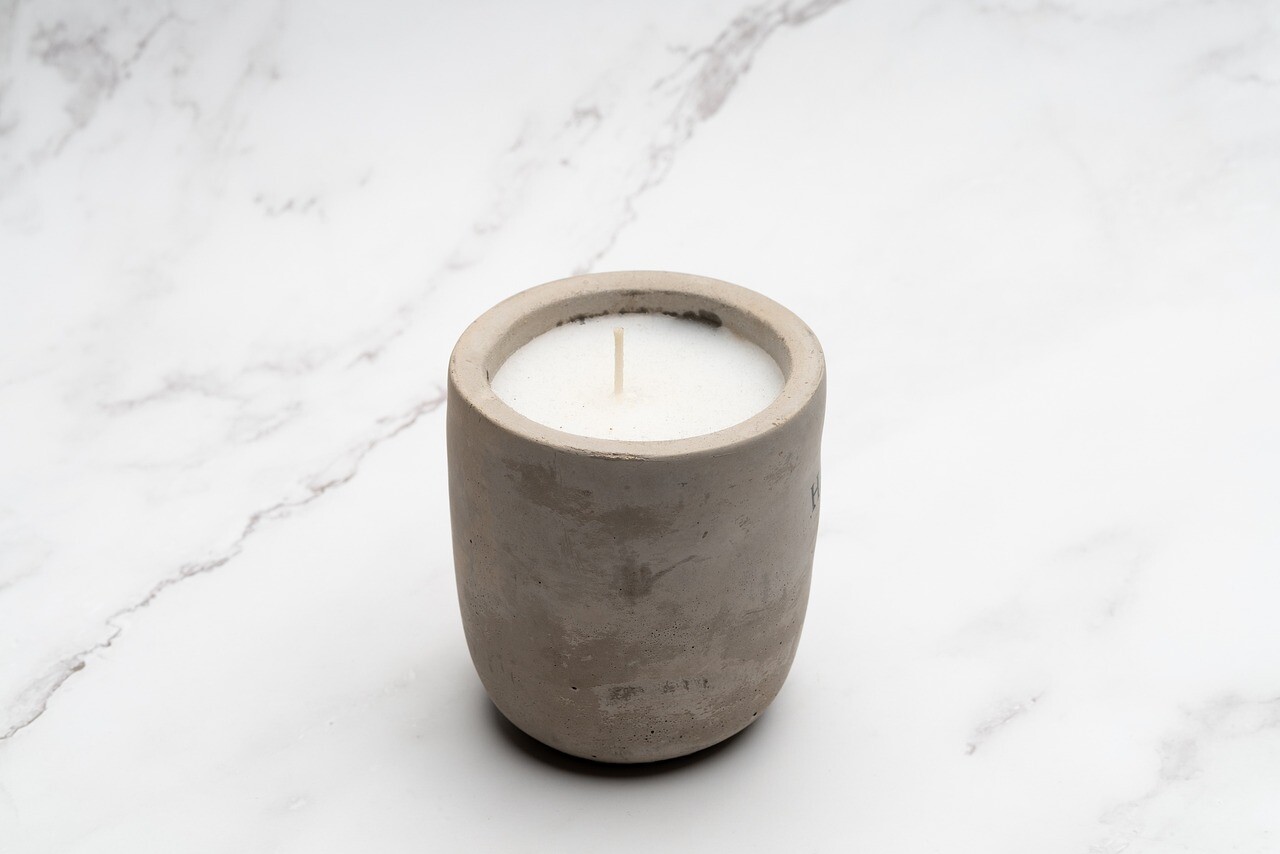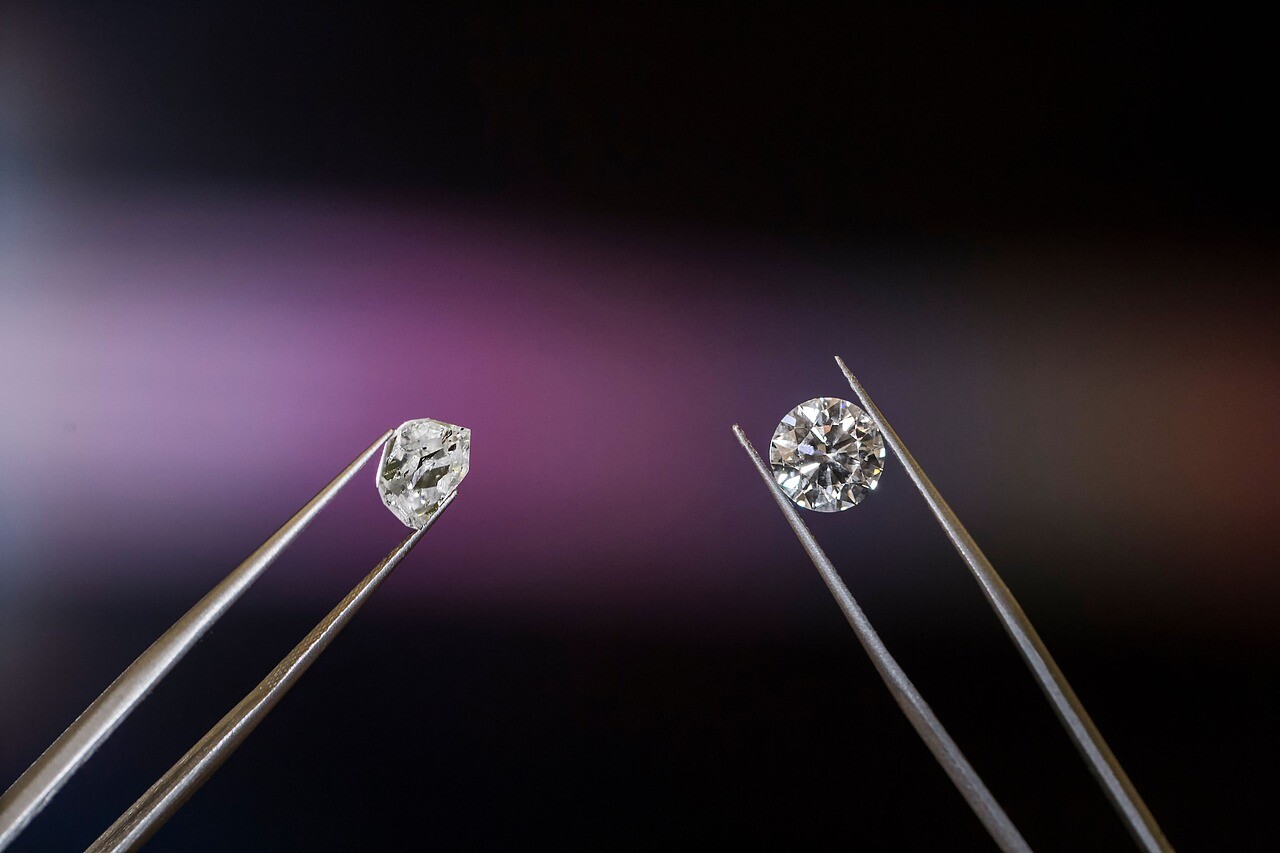4 Luxury Items That Are Absurdly Cheap to Produce

Thanks to inflation, the prices of pretty much everything feel eye-watering nowadays. That is, at least for people who are aware of their current checking balance, and can’t yank the sluice gate of their inheritance and/or blood money whenever they want. Combine that inflation with the already pillowy prices of luxury items, and you’ve got a price tag that would crack most people’s net worth over their knee like Bane did Batman.
You’d think that, given the economic struggles of the pandemic, as well as the time to sit and reflect on what’s truly important in our lives, would have hurt gaudy luxury spending. What you forget is that we’re miserable, dirty little magpies that are forever agog at shiny trinkets, so luxury spending actually went up. Clearly, the question “is it worth the money” is still something we’d prefer to fuzz up or shove aside in pursuit of blue-chip Cartier bangles and hideous branded belt buckles.
I’m not trying to claim that I’m some monastic minimalist here, either. I’ve taken out as many ill-advised Affirm loans as the next guy. I’m also of the idea that it is worth paying for at least a base level of quality, instead of buying Amazon fast-fashion boots made from pleather and softened with child-finger blood. Things like labor, shipping, research and advertising also all obviously cost money, more so the less morally repugnant they get, so it’s not like we can just divide the cost of a sweater by yarn-ball prices and say they should be equal. Nonetheless, certain items have a particularly suspicious gap between production costs and price.
Don't Miss
Here are four of the worst…
Eyeglasses

If you’re unlucky enough to be one of the monkeys with miscalibrated retinas that would have knocked yourself out on a tree branch and died millions of years ago, it’s a relief to know that we now have the technology to provide eyesight correction. What is less comforting is the knowledge that if you trip on an uneven curb and your precious glasses take a hard fall at an unfortunate angle, you’re now both blind and poor. Eyeglasses, especially luxury brands, can run into multiple hundreds of dollars, especially if you need wonky lenses for your special eyes.
I’m not going to pretend I’m not one of these very rubes. My eyesight would disqualify me from being anything but a mysterious soothsayer in ancient times, meaning that my lenses are high-index and anti-reflective and every other feature available apart from revealing invisible ink on the Declaration of Independence. I spent a lot on my frames given that the question of whether or not they itch my ears is something that will affect me for about 66 percent of my life.
Unfortunately for my dumb ass, even though certain glasses may indeed be of a higher craftsmanship, the entire industry is operating at a roughly 1,000 percent markup, according to a Vox interview with LensCrafters’ founders and former executives. They were kind and financially divested enough to give us specific costs: good, Warby Parker level frames cost $4 to $8, luxury frames cost about $15 and lenses should run about $1.25 a pop.
Candles

If you’re looking to make fun of luxury items, and want a particularly one-to-one bit of poetry for it, candles are the move. Literally setting your money on fire and so on and etcetera. I counter, though, that maybe I would set more of my money on fire if it smelled like whatever vetiver is. Let’s also not discount the enduring value of a little treat in this dark, terrible world. To me, there is a true, emotional value to making my studio apartment smell like a mysterious forest, in which I could lay on the ground without touching any of my walls.
The cost of more reasonable candles, like your classic Yankee, isn’t really worth, pardon the pun, taking the torches to. Sure, they might be a little cloying, but that’s probably less to do with the quality of the ingredients and more to do with the fact that you’re not supposed to smell salted caramel for four hours straight. When you get into the true luxury sphere of retailers like Diptyque, Le Labo and the like, the math gets a little harder to process. MEL magazine interviewed two candle experts who, while ceding that there are, of course, numerous business costs involved and essential oils aren’t cheap, did agree that outrageously expensive candles from high-fashion brands are heavily profit-margin-scented.
Diamonds

A premier example of artificial scarcity and inflated pricing is that of diamonds. The more information that’s easily and publicly available thanks to the internet, the less we have to rely on advertising telling us that something is rare and special and there’s basically only a handful of them in the world, all conveniently available at a nearby mall. Emotional insecurity is also always a reliable foundation for an advertising campaign, and the diamond industry’s greatest achievement was convincing every soon-married man that their wife was off to express the nearest milkman’s udder if their wedding ring was found insufficient.
We now know that a lot of the value of diamonds was decided, conveniently, by a company that also held the vast majority of the world’s supply. The market is controlled, of course, by supply and demand, which famously goes to shit if one company controls both supply and demand. Natural diamonds are finite (or at least functionally so), and despite a popular myth, do have intrinsic value, but not nearly as rare as they’d like you to think. They’re also threatened by lab-grown diamonds, which are a dime a dozen these days and which are competitive in every facet except the emotion attached to “natural” diamonds. They’re not scrap glass, as some overzealous contrarians might claim, but as soon as they leave the ground, suddenly the value of things like quality of cut and color get very cloudy.
Greeting Cards

Traditional paper greeting cards might be more and more uncommon these days. After all, where’s the need for a tasteful bit of cardstock when you could instead send your face on an elf dancing like a rabid dog? If they really are truly going out of style, which to me, is debatable since we might experience an upswing of people desperate for any non-digital emotion, we should bid farewell to one of the greatest grifts in price-gouging. For years, people were blowing the better part of ten-dollar bills on something that lived on riding sentimentality just enough not to be functionally trash. Even if you have a couple such greeting cards squirreled away, let’s be honest and say that the value they hold to you is your grandma’s handwriting and signature, not that the front is a museum-quality art print of a flustered cartoon turkey.
Eli Yudin is a stand-up comedian in Brooklyn. You can follow him on Twitter and Instagram at @eliyudin and listen to his podcast, What A Time to Be Alive, about the five weirdest news stories of the week, on Apple Podcasts, Spotify or wherever else you get your podcasts.